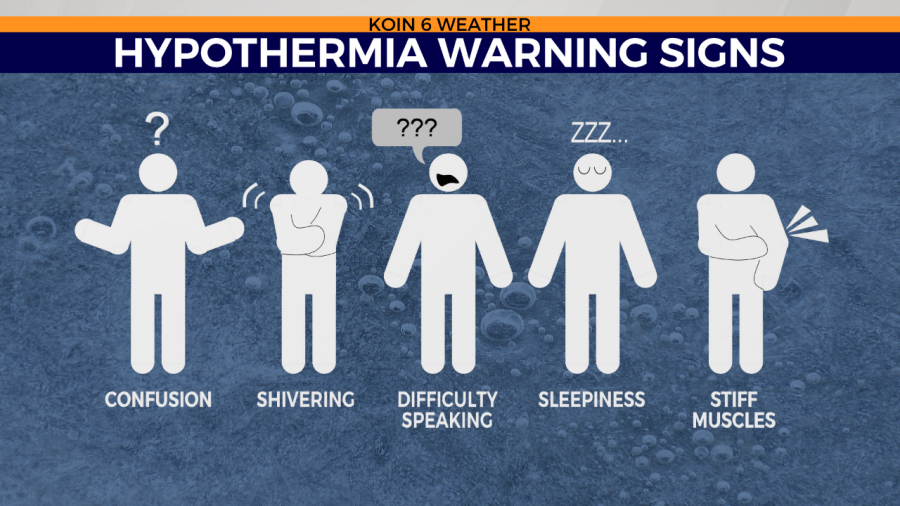Cold water danger at local swimming holes despite potentially record-breaking heat. Here’s what to know
PORTLAND, Ore. (KOIN) — Local swimming holes remain dangerously cold despite the near-record heat forecast for the Willamette Valley Friday and Saturday.
While temperatures are expected to reach 90 degrees in Portland, local bodies of water will stay at temperatures between 40 and 50 degrees. These temperatures are cold enough to cause drowning or hypothermia within minutes.
“Warm air doesn’t always mean warm water in lakes, streams or oceans,” the National Weather Service warns. “Fifty-five-degree water may not sound very cold, but it can be deadly. Plunging into cold water of any temperature becomes dangerous if you aren’t prepared for what the sudden exposure can do to your body and brain.”
Potentially deadly river flows expected as Portland hits the upper 80s this week
Swimming in cold water can quickly remove heat from the human body. This dramatic change in body temperature can cause cold water shock in a minute and the loss of muscle control within 10 minutes, increasing the risk of drowning. The NWS warns that hypothermia can set in after 20 to 30 minutes of swimming.
“When cold shock and hypothermia begin to impact your ability to think and act, lifejackets and floatation can create extra time for help to arrive or for you to get out of danger,” the NWS states. “Even the most experienced cold-water surfers, swimmers or boaters know to prepare for the conditions.”
The Oregon Health Authority states that signs of hypothermia in adults include shivering, exhaustion, confusion, fumbling hands, memory loss and slurred speech.

Oregon Health Authority recommendations for treating mild hypothermia:
Get the person to a warm area and take off any wet clothing.
Gradually rewarm them by applying a gentle source of heat to the groin, head, neck and sides of the chest. Use an electric blanket or hot water bottles, if available. If not, use skin‐to‐skin contact under loose, dry layers of blankets, clothing, towels, or sheets.
Warm beverages can help increase the body temperature, but do not give alcoholic beverages. These lower the body’s temperature.
After body temperature has increased, keep the person dry and wrapped in a warm blanket, including the head and neck.
Best places near Portland to catch the Northern Lights
OHA recommendations for treating severe hypothermia:
Treat a person with severe hypothermia (body temperature at or below 95 degrees) as a medical emergency and call 911. Let the hospital re‐warm the victim.
People who have severe hypothermia must be carefully re‐warmed and their temperatures monitored.
Gently remove all wet clothing and wrap the person warmly.
Once shivering has stopped, the person has lost the ability to generate heat. They need a gentle source of heat, like another human body.
Warm the person’s lungs by mouth‐to‐mouth breathing.
Do not rub the person or move their arms or legs.
Do not use direct heat or hot water to warm the person. Immersing a person in warm water re‐warms them too fast.
Even someone who shows no signs of life may survive if given the proper care.
A person with severe hypothermia may be unconscious and may not seem to have a pulse or to be breathing. Even if the victim appears dead, emergency resuscitation (CPR) should be provided. CPR should continue while the victim is being warmed, until the victim responds, or medical aid becomes available.
Note: These measures don’t take the place of proper medical care. Hypothermia is a medical emergency, and victims should be treated by a medical professional
For the latest news, weather, sports, and streaming video, head to KOIN.com.

